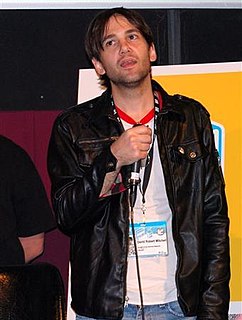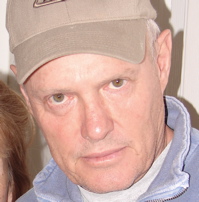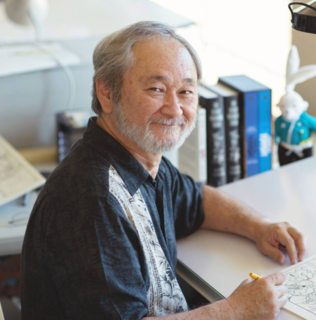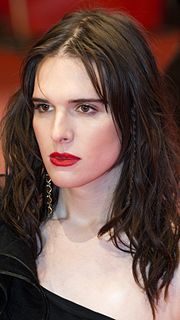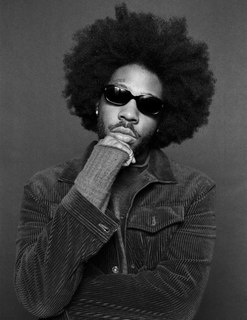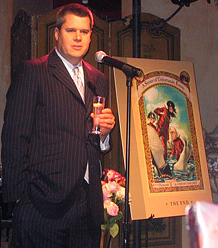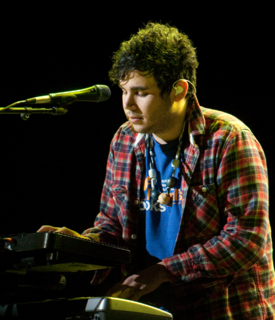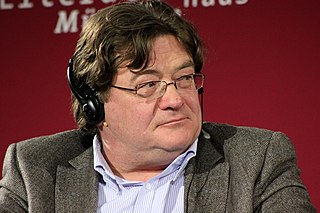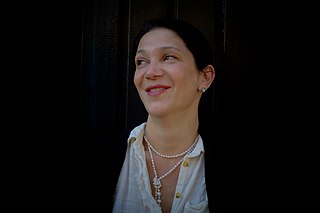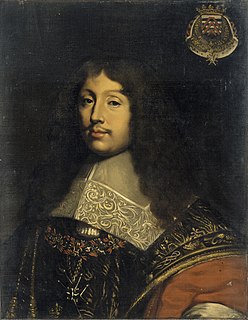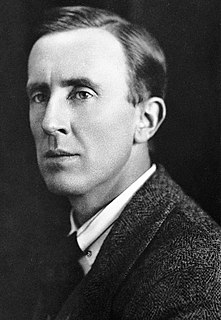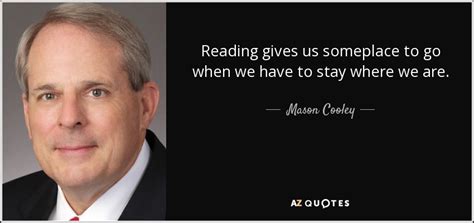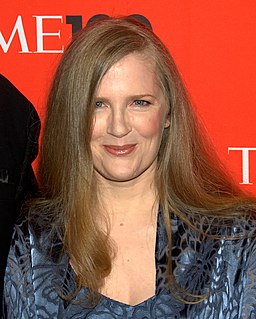A Quote by C. S. Lewis
Anthropomorphic animals, when taken out of narrative into actual visibility, always turn into buffoonery or nightmare.
Related Quotes
I kind of, I have quite a clear idea of what I'm trying to do with a record. A Super Furry Animals record is always an adventure, because there's five members of the group and everyone is a producer, we all throw in ideas, and regardless of who writes the song, the songs always get pushed around and shape-shifted to fit everyone in the band. So when I start a record with Super Furry Animals I can never predict how it'll turn out.
Maybe, generations ago, young people rebelled out of some clear motive, but now, we know we're rebelling. Between teen movies and sex-ed textbooks we're so ready for our rebellious phase we can't help but feel it's safe, contained. It will turn out all right, despite the risk, snug in the shell of rebellion narrative. Rebellion narrative, does that make sense? It was appropriate to do, so we did it.
Peeping through my keyhold I see within the range of only about 30 percent of the light that comes from the sun; the rest is infrared and some little ultraviolet, perfectly apparent to many animals, but invisible to me. A nightmare network of ganglia, charged and firing without my knowledge, cuts and splices what I see, editing it for my brain. Donald E. Carr points out that the sense impressions of one-celled animals are not edited for the brian: 'This is philosophically interesting in a rather mournful way, since it means that only the simplest animals perceive the universe as it is.
I guess the wildcard here is Terrence Malick. He supervised me while I was writing the script for Beautiful Country, and he is a genius, although not always easy to follow. What I learned from him is that the narrative can be tracked through all kinds of scenes, that the strong narrative thread is not always the one that is most obvious. Creating narrative with Malick was a bit like chasing a butterfly through a jungle. This approach to narrative is fun and complicated, something that makes the process of writing constantly interesting to this writer.

